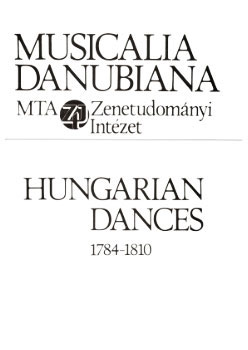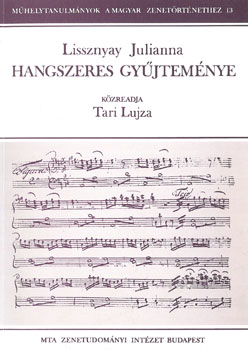Verbunkos, slow and fast czardas which first appeared in the 1830s, and folk style art songs rapidly became widespread due to a sudden boost in the publication of scores and popularity of folk plays. An ideological and emotional framework for this occurred when the Hungarian nation emerged as a political and cultural entity. A search for national character and the attempt to create and strengthen it infiltrated every segment of society. National pride and the flourishing of culture co-occurred with the spreading of a general taste for romantic music and amateur music-making, or Hausmusik, among the developing Hungarian bourgeoisie. Unsurprisingly, style hongrois also underwent substantial changes in music. On the one hand, folk style art music was predominantly written in minor tonalities, and the dance-like intermezzi with strict rhythm used earlier in folk dance music constructed of pairs of motifs were replaced by melodies with a wider melodic range and more impulsive character, and a number of stereotypical melodic phrases and cadences – for instance, the use of the augmented second, dotted rhythm or the so-called bokázó rhythmic cadence, a special figure to which not only a rhythm but also a specific contour is associated (a turn beginning with its upper neighbor). On the other hand, extreme emotions were depicted, and the transition was blurred between the virtuoso, wildness, joy and mournful sorrow. The sorrowful lyric songs called hallgató, written only for listening, developed from and were modelled after the slow parts/passages of the verbunkos which were intended not for dancing but for listening only. One of the first exemplars of this kind of stylistic change is the theme of the slow verbunkos in the overture of Beethoven’s incidental music, König Stephan, dating from 1811. Beethoven’s work was premiered on the opening night of the German Theatre in Pest in February, 1812. Style hongrois was under the influence of this altered musical idiom during the 19th century and when conjoined with the romantic musical style a new symbiotic form of an even higher standard emerged.
Old style dance music lived on and continued to be used among the peasantry in closed communities exposed to urban culture to a lesser extent. Folk music collected in the 20th century usually date back to this kind of 18th century tradition. Almost every aspect of historical development in Hungarian speaking regions can be observed in the fiddle techniques, melodies and accompaniment. The stylistic elements of various eras co-existed in consonance. Irrespectively of this, a widespread and rapid exchange of information in the 19th century – through folk plays, the publications of scores, tours taken by Gypsy musicians or newspapers to name but a few – created czardas, a dance which was modern and became widely used round the nation. Unlike verbunkos, czardas was not a solo dance for men exclusively, it being a dance for couples in which the ladies could also actively take part in and yet men still had an opportunity for solo performances. Slow and fast czardas soon gained popularity in every layer of society simultaneously to the spread of what Bartók called new style Hungarian folk music with characteristically architectonic structural and rhythmic patterns. New style melodies perfectly conformed to the ideology and aesthetic values of the Romantic Era. The nóta songs which were rooted in a bourgeois and urban environment, in other words, originating from the art music tradition, won the hearts of several generations in the same fashion that new style folk music originating from the people of the country did a few decades later. Depending on how advanced the bourgeoisie was at various locations, styles merged, and tendencies in the development of style hongrois were interlinked with prevalent urban, upper-class and bourgeois models. It is important to note, however, that borrowings, especially with regard to melodies and songs were reciprocal, and a distinct borderline between country and city Gypsy musicians cannot be drawn.



